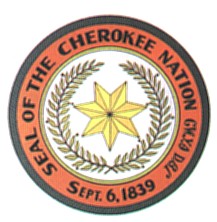
The Murrell Home was built in the new Cherokee Nation about 1845 by George M. Murrell. Murrell was a native Virginain who married Minerva Ross in 1834. Minerva was a member of a wealthy mixed-blood Cherokee/Scottish family, and the niece of Chief John Ross.
The Murrell Home is the only remaining antebellum plantation home in modern-day Oklahoma. This home stands as a reminder on the high lifestyle practiced by a few in the Cherokee Nation before the Civil War. The home contains original and periodic artifacts, antique furnishings and historic manuscripts. A nature trail is on the grounds.